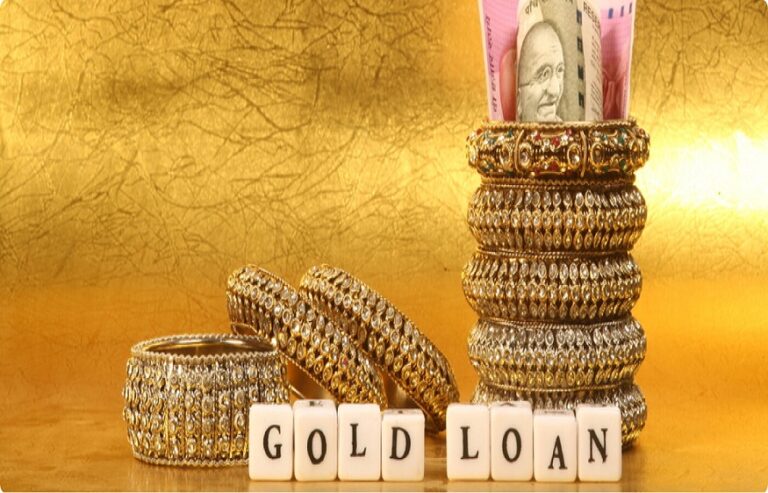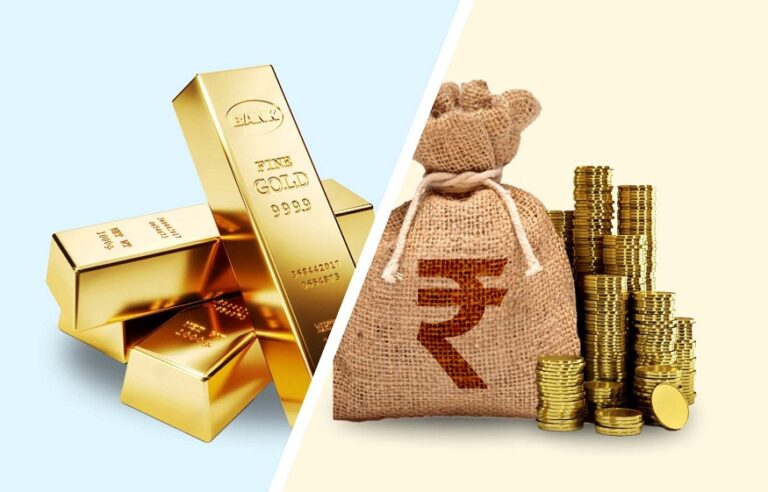Silver occupies a distinctive position in the global market, functioning both as an essential industrial commodity and a sought-after investment asset.
Unlike many other metals, silver has a dual identity, simultaneously driving technological progress and offering financial security during periods of economic uncertainty. Its versatility has long made it an attractive option for a wide range of stakeholders, from manufacturers and technology firms to investors and central banks.
Understanding how silver balances these two roles is critical for anyone seeking to navigate its complex market.
Understanding Silver’s Dual Role
Silver’s appeal stems from its dual nature as both a precious metal and an industrial resource. Its intrinsic value, coupled with its scarcity, has made silver a reliable store of wealth for centuries, similar to gold.
However, silver also has tangible industrial uses that directly affect its market price. Its high electrical conductivity, reflectivity, and antimicrobial properties make it indispensable in electronics, medical devices, solar panels, and advanced manufacturing.
These dual roles mean that silver’s market behaviour is influenced by factors beyond investor sentiment alone. For readers seeking real-time context, monitoring the silver price today provides insight into how these forces interact, reflecting both industrial demand and investment-driven activity.
Industrial Demand Driving Silver Prices
The industrial demand for silver is a significant driver of its overall market performance. Electronics manufacturing relies heavily on silver for components such as printed circuit boards, connectors, and conductive inks.
Renewable energy initiatives, particularly solar power, use silver in photovoltaic cells, creating a growing, long-term demand. The medical field also utilises silver for its antimicrobial properties in wound care, surgical instruments, and coatings.
Each of these applications contributes to a baseline level of consumption that can stabilise prices, even during periods of financial market volatility. However, fluctuations in industrial demand—driven by technological innovation, economic growth, or shifts in production—can create price swings, emphasising the complex interplay between supply, demand, and market expectations.
Silver as a Safe-Haven Asset
Beyond its industrial applications, silver has historically served as a safe-haven asset during periods of economic turbulence. Investors often turn to silver when traditional financial markets face instability, inflationary pressures rise, or geopolitical tensions escalate.
While gold is traditionally seen as the ultimate haven, silver offers a more accessible and often more volatile alternative, allowing investors to diversify their protective strategies. The correlation between silver and other precious metals can amplify its appeal, particularly when silver demonstrates resilience in times of market stress.
Its historical performance during financial crises shows that silver can act as a buffer, protecting wealth while offering potential gains when conventional markets falter.
Supply Factors and Market Dynamics
The dynamics of silver supply play a crucial role in shaping its price. Global production is concentrated in a handful of countries, with Mexico, Peru, and China among the leading producers. Silver is mined both as a primary metal and as a byproduct of other metal mining operations, which adds complexity to forecasting supply.
In addition, secondary sources such as recycled silver contribute to market availability, influencing short-term pricing trends. Constraints in supply, whether due to geopolitical events, labour strikes, or resource depletion, can lead to sharp price increases. Conversely, periods of oversupply, technological efficiency in mining, or large-scale recycling efforts can temper price growth.
Understanding these dynamics is essential for investors and industrial users alike.
Investment Strategies in Silver
Investors have a variety of ways to gain exposure to silver, each with its own risk and reward profile. Physical silver, in the form of bullion, coins, or bars, offers tangible ownership and protection against financial system disruptions. Exchange-traded funds (ETFs) and futures contracts provide easier access to the market and liquidity but involve counterparty and market risks.
Mining stocks represent another avenue, giving investors indirect exposure through companies that produce silver. Including silver in a diversified portfolio can help mitigate overall risk, particularly during periods of market uncertainty. Strategic investment decisions must balance industrial demand-driven price volatility with silver’s role as a safe-haven asset, creating opportunities for both growth and protection.
Geopolitical and Economic Influences
Silver prices are sensitive to global economic and geopolitical conditions. Central bank policies, currency fluctuations, and interest rate decisions can all influence investor sentiment and safe-haven demand. Trade tensions and tariffs can affect industrial demand, particularly in sectors reliant on international supply chains.
Additionally, geopolitical conflicts may spur demand for tangible assets like silver, as investors seek to safeguard wealth. Understanding these macroeconomic factors is essential for interpreting market movements and making informed investment decisions.
Conclusion
Silver remains a unique strategic asset, bridging the worlds of industrial necessity and financial security. Its dual nature demands careful analysis of both industrial trends and market sentiment, with supply, geopolitical, and economic factors influencing price movements.
By understanding silver’s multifaceted role, investors and industrial users can make informed decisions that balance growth potential with protective strategies. In an ever-changing global landscape, silver continues to offer both practical utility and investment value, securing its position as a vital component of diversified portfolios and strategic planning.













+ There are no comments
Add yours